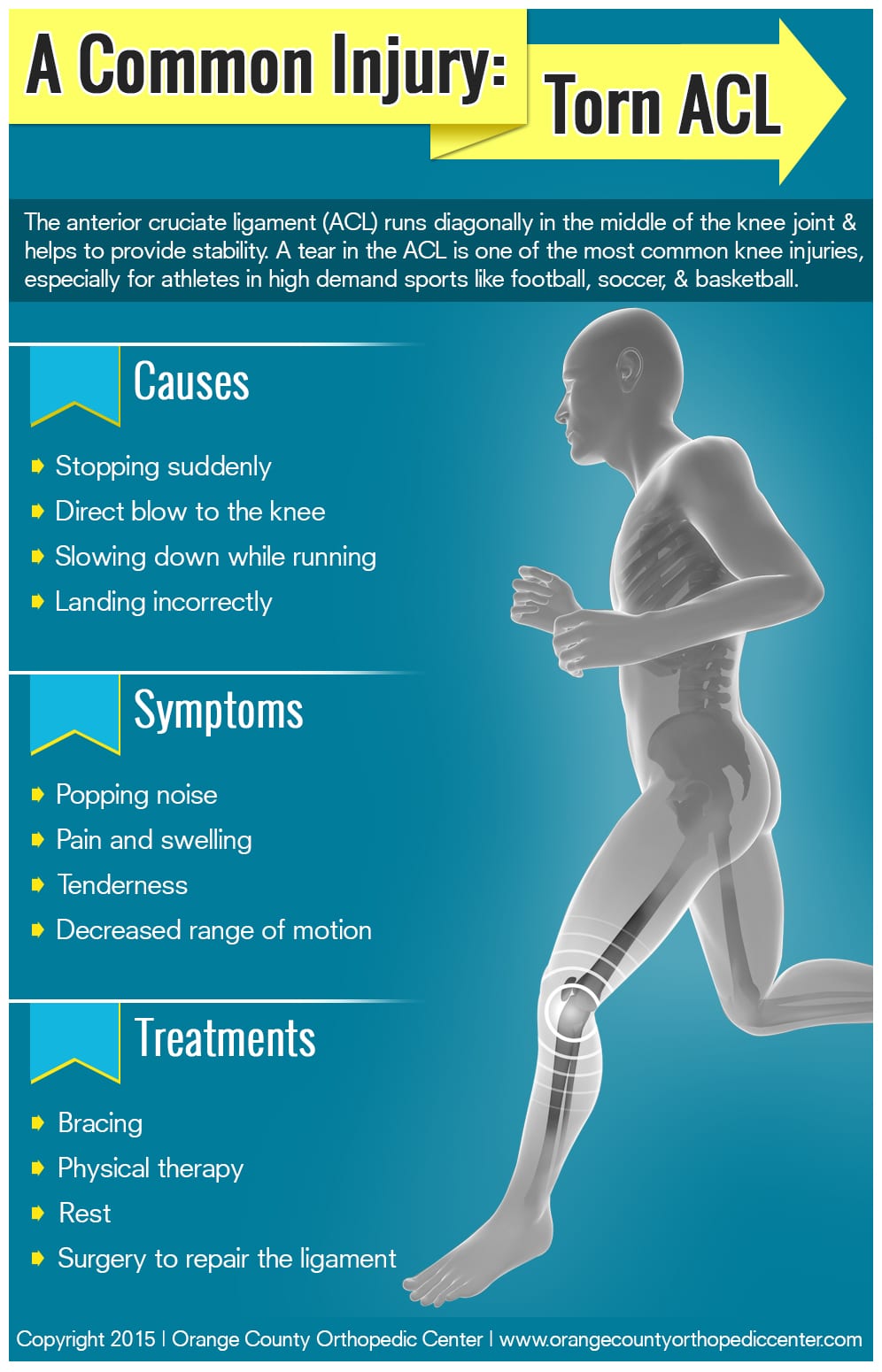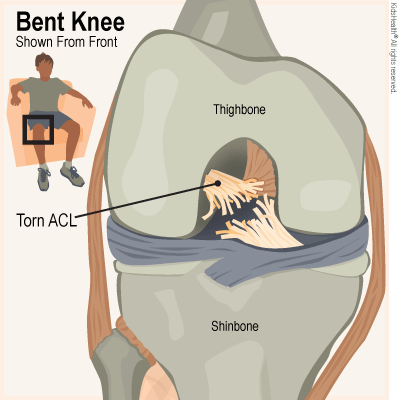The anterior cruciate ligament (ACL) is an important ligament in the knee that helps provide stability and control during movements. However, it is also susceptible to injury and one of the most common knee injuries is a torn ACL.
When an ACL injury occurs, the ligament is either partially or completely torn. This can happen due to sudden stopping or changing direction, or as a result of direct impact to the knee. The symptoms of a torn ACL include pain, swelling, instability, and difficulty walking or bearing weight on the affected leg.
The question that arises after an ACL injury is whether it can ever fully heal. While the ligament itself does not possess the ability to regenerate and fully repair, a torn ACL can still recover to a certain extent with appropriate treatment.
The management of a torn ACL depends on the severity of the injury, the patient’s age, and their activity level. Non-surgical treatment options such as physical rehabilitation exercises, brace support, and activity modification can help manage the symptoms and restore stability. These conservative measures are typically recommended for older or less active individuals who do not engage in highly demanding sports or physical activities.
For younger, more active individuals, especially those involved in high-impact sports or activities that require pivoting or jumping, surgical intervention is often recommended. ACL reconstruction surgery involves using a graft to replace the torn ligament. This graft can be obtained from different sources such as the patient’s own tissue (autograft) or a donor’s tissue (allograft).
Following surgery, a comprehensive rehabilitation program is crucial for restoring function, strength, and stability to the knee. This program typically includes exercises to improve range of motion, strengthen the surrounding muscles, and gradually reintroduce sport-specific activities.
While a torn ACL may never fully heal or return to its pre-injury condition, with appropriate treatment and rehabilitation, individuals can regain functional stability and successfully return to their desired level of physical activity. Regular follow-ups with healthcare professionals and adherence to recommended protocols are necessary to optimize outcomes and prevent re-injury.
What causes ACL injuries?
The most common mechanism is that of a sudden pivoting or cutting maneuver during sporting activity, which is commonly seen in football, basketball and soccer. The ligament can also tear due to work injuries or automobile accidents. At the time of the injury, a “pop” or “snap” can sometimes be felt or heard.
How long do ACL injuries take to heal?
How long does it take to recover from a torn ACL? It usually takes six to nine months to recover from a torn ACL. Competitive athletes may need a little longer than this to heal fully before they’re cleared to return to their sport. Your provider will tell you when you can resume physical activities.Aug 2, 2023
Is a torn ACL a serious injury?
If you tear your ACL, you’ll probably need surgery to repair it. Most people who tear their ACL make a full recovery and resume playing sports with no long-term consequences. The recovery time for a torn ACL is usually six to nine months.Aug 2, 2023
Do you ever fully recover from a torn ACL?
If you tear your ACL, you’ll probably need surgery to repair it. Most people who tear their ACL make a full recovery and resume playing sports with no long-term consequences. The recovery time for a torn ACL is usually six to nine months.Aug 2, 2023
What are 3 mechanisms of injury for an ACL injury?
These studies found that in non-contact sports, the three predominant forms of injury mechanism were landing from jumping, decelerating, and cutting maneuvers. Valgus collapse was also frequently found following injury [11].
What is the most common mechanism of knee injury?
The anterior cruciate ligament (ACL) is one of the most common ligaments to be injured. The ACL is often stretched and/or torn during a sudden twisting motion (when the feet stay planted one way, but the knees turn the other way). Skiing, basketball, and football are sports that have a higher risk of ACL injuries.
What is the ACL pivot shift mechanism?
The pivot shift is a symptom and sign of anterior cruciate ligament (ACL) and lateral and posterolateral capsular deficiency of the knee. Either a subluxationsubluxationA subluxation is an incomplete or partial dislocation of a joint or organ. According to the World Health Organization, a subluxation is a “significant structural displacement” and is therefore visible on static imaging studies, such as X-rays.https://en.wikipedia.org › wiki › SubluxationSubluxation – Wikipedia or reduction, or both in rapid succession, plus a simultaneous impingement of the lateral compartment of the knee causes a pivot shift.
What are common ways the ACL is injured?
The ACL can be injured or torn in a number of different ways. The most common mechanism is that of a sudden pivoting or cutting maneuver during sporting activity, which is commonly seen in football, basketball and soccer. The ligament can also tear due to work injuries or automobile accidents.

What is the main mechanism of loading on the ACL?
While there is consensus that an anterior tibial shear force is the primary ACL loading mechanism, controversy exists regarding the secondary order of importance of transverse-plane and frontal-plane loading in ACL injury scenarios.May 7, 2021



